Highlights from my learning at the 2019 CAFLN Conference
Something that my friend and incredible educator Rose Pillay has reminded me of more than once is that professional learning has a better chance of penetrating our consciousness and altering our practice if we actually take the time to intentionally reflect and write about that learning.
That was the motivation for this piece. My aim? To preserve some of the highlights of my learning from the 2019 Canadian Assessment for Learning Network (CAFLN) Conference. Welcome to my journal.
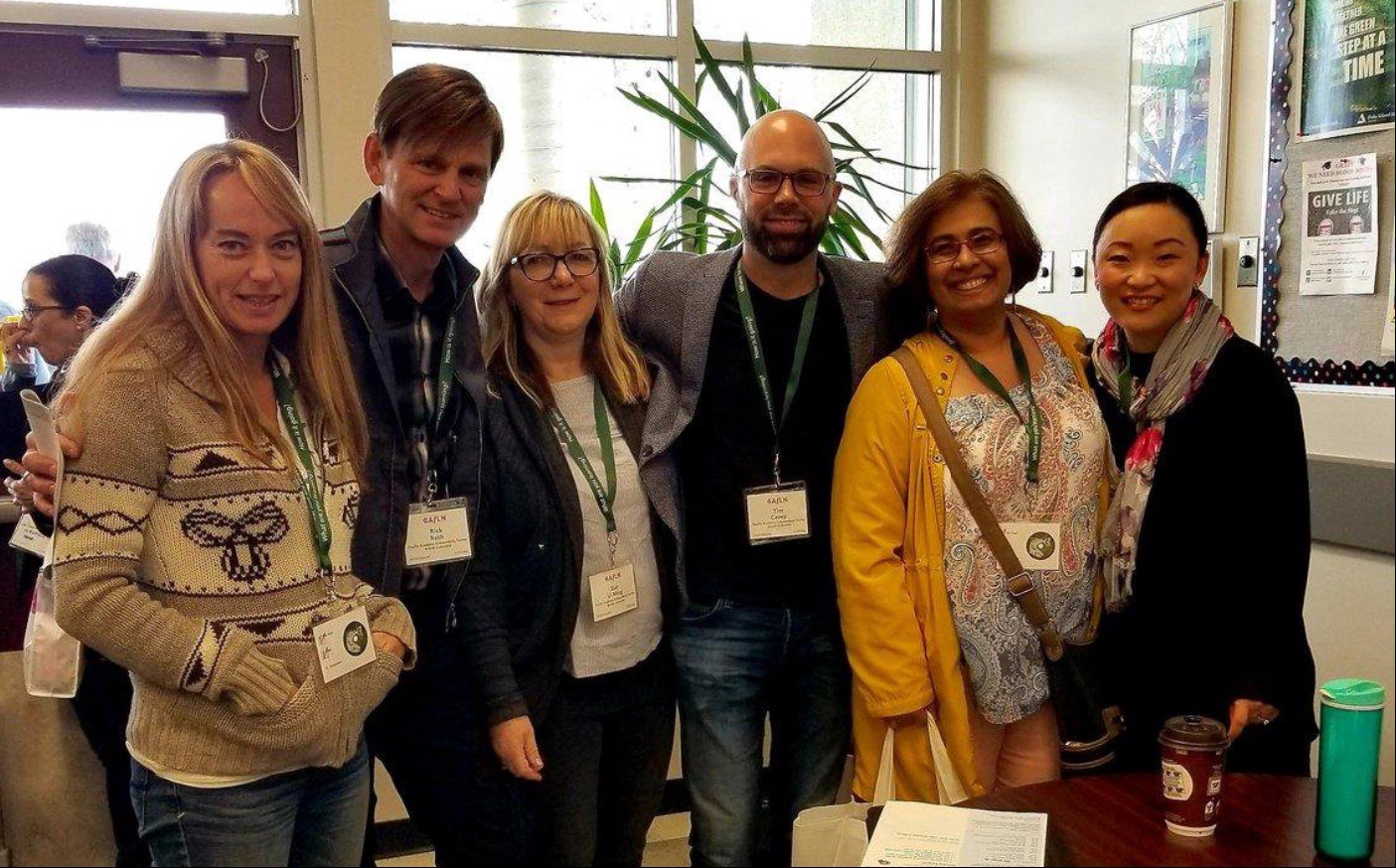
CAFLN exists to share and mobilize knowledge about Assessment for Learning (AfL). On May 2–3 of 2019, CAFLN held their sixth annual national conference and symposium in Delta, BC. The event was hosted by Delta School District’s Principal of Innovation and Inquiry, Brooke Moore, and the Director of Learning Services, Neil Stephenson.
I was thrilled to attend this event with a few of my middle school colleagues and administrators. What follows is a curation of Twitter highlights, photos, and short reflections from this event.
Day 1: School Tour
The conference started off with a tour of local elementary schools that have completely embraced standards-based assessment. Notice the learning targets for educators on the right side of our itineraries.

Gray Elementary had a lot of signage that consistently articulated principles of formative assessment and learning targets. Student agency and ownership of learning is clearly a priority here.
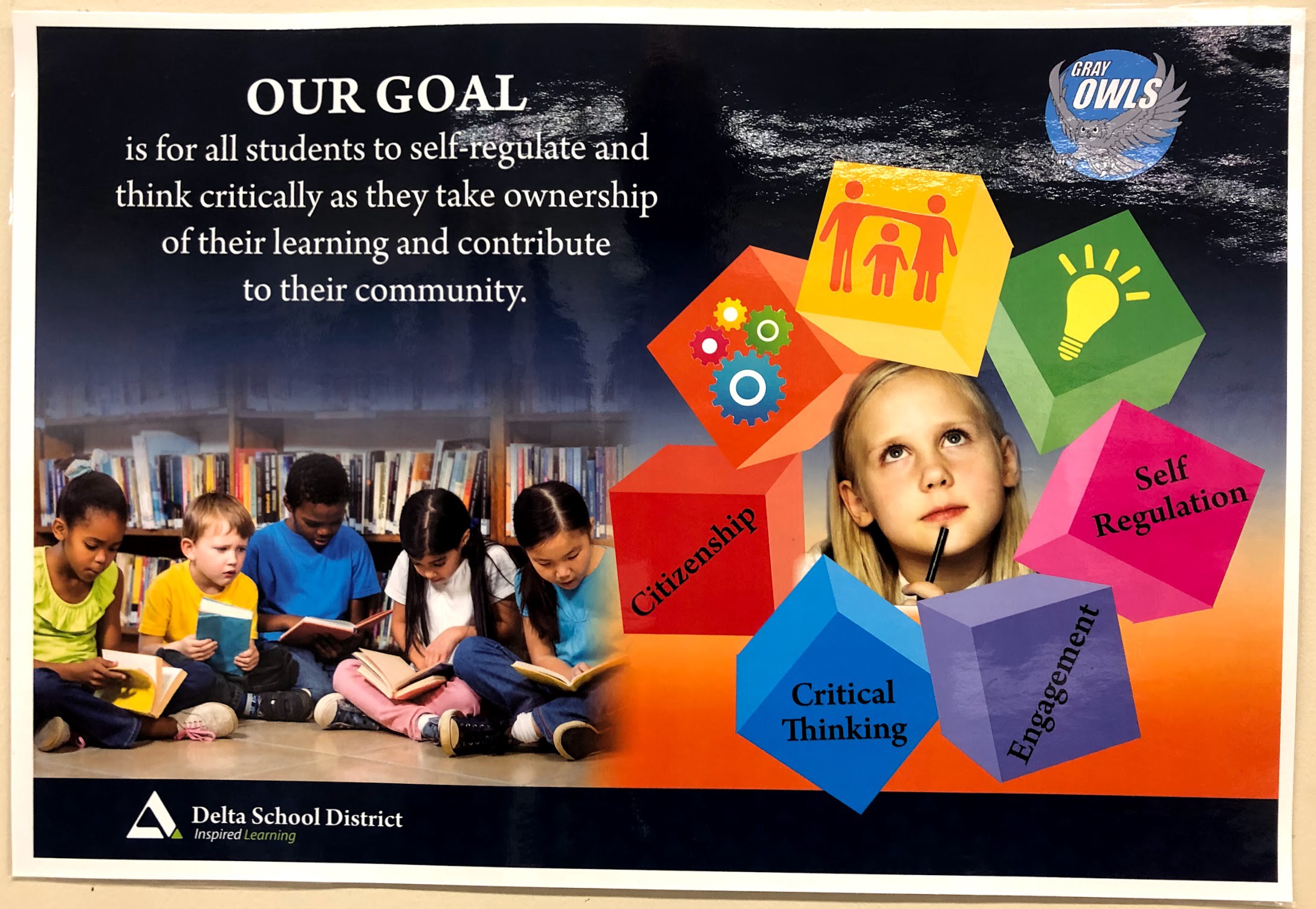



Over at Holly Elementary, we noticed a bulletin board display of educator learning. Each staff member answered these three questions:
- What are you learning?
- How’s it going?
- Where to next?

This is such a brilliant way to model a culture of learning and growth mindset in your school community. I was very impressed, and I hope our school does something similar in the fall.
Here are a few zoomed-in examples:
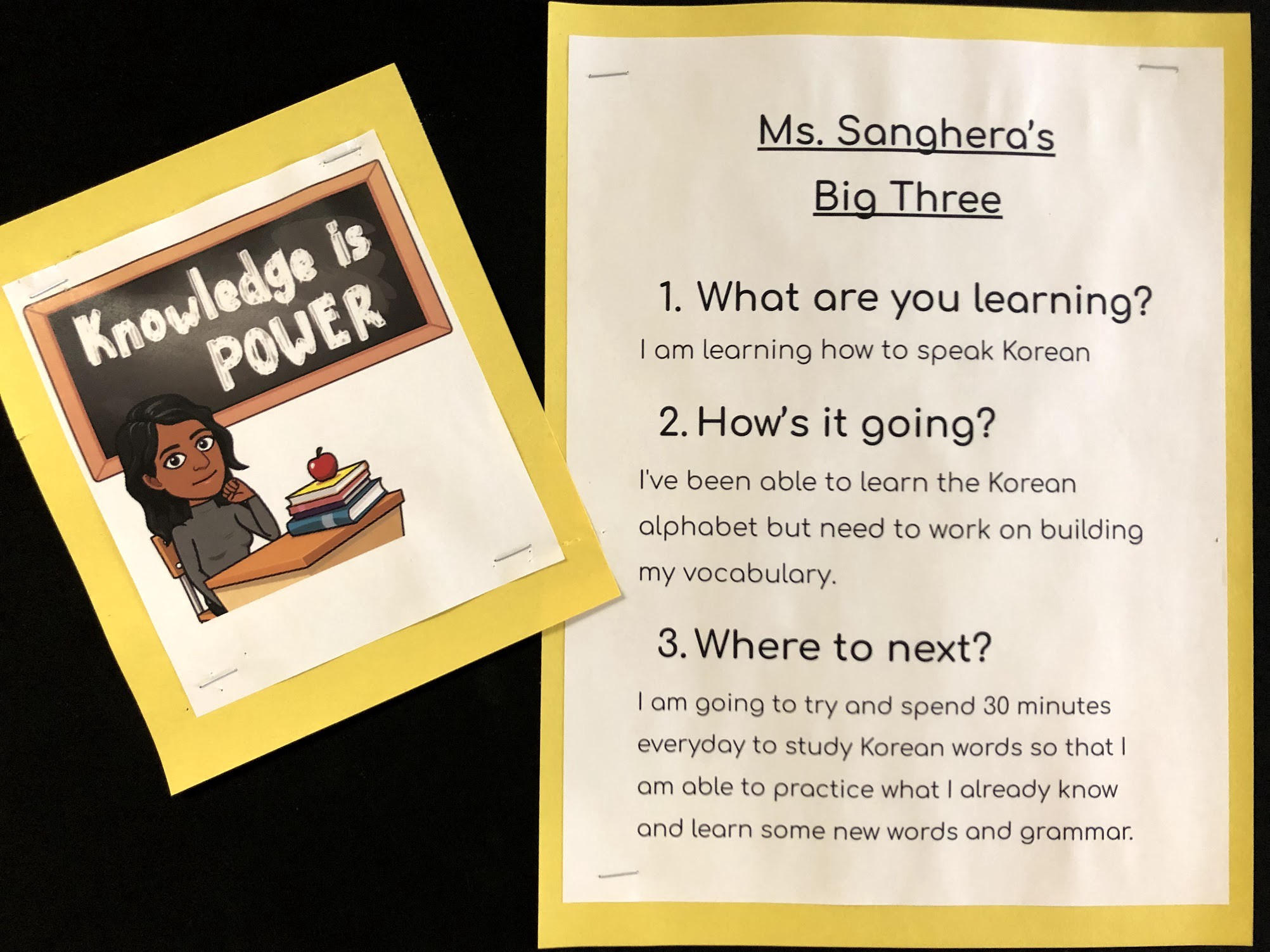


I also liked the way another teacher added kid-friendly descriptors to each of the proficiency levels (emerging, developing, accomplishing, and extending). Notice how the students have placed post-it notes to assess their own progress.

The Big Three Questions (below) came up often in our tour as well. These questions really capture it all, don’t they? This isn’t just a powerful metacognitive practice for students — it could also be used by us as educators as we think about further growth in our own professional practice.
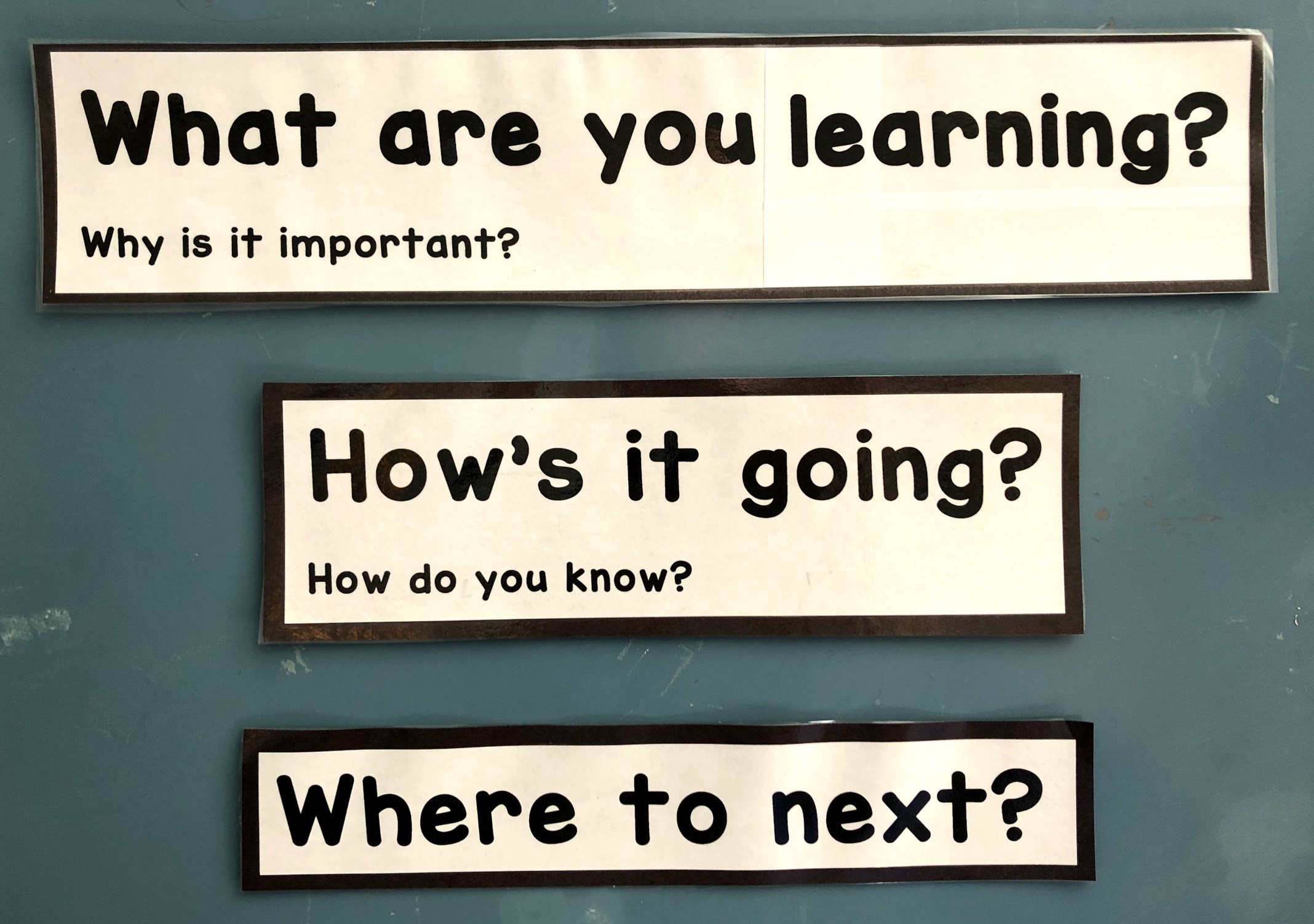
Delta Farm Roots
At the end of Day 1, we visited Delta Farm Roots. This is a highly innovative high school facility that is building most of our provincially mandated curriculum around project-based learning. These high school students are applying all the skills and content they are required to master as they run a small farm. It’s a brilliant concept and an impressive undertaking.
Here, Jacob Martens explains a little bit of what goes on in this multipurpose learning area.

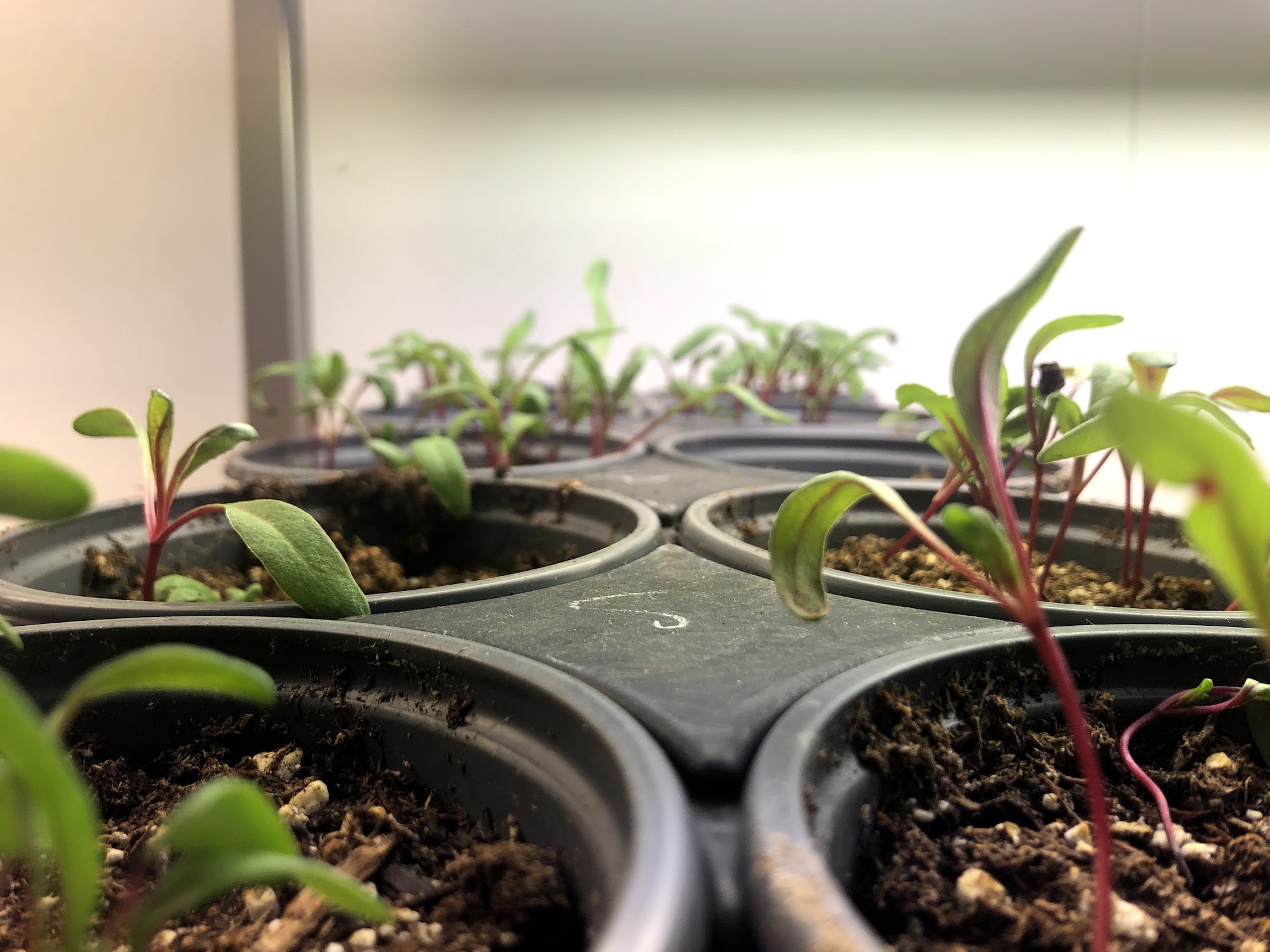
We also explored the gardens that students must hoe, cultivate, plant, and maintain. Lots of STEM skills and activities required!

The conference hosts then invited visiting educators for a dinner behind the main building. Not pictured here is the ocean — just a short walk away.

Delta Farm Roots is an exciting example of what is possible in pure project-based learning. Follow them on Twitter to see more of what they’re all about.
Day 2: Conference Sessions & Workshops
Linda Kaser and Judy Halbert opened the conference on day 2 with a powerful reminder of our collective WHY — what is education all about. According to these leaders from the Networks of Inquiry and Indigenous Education, these should be our three goals for every learner in K-12.
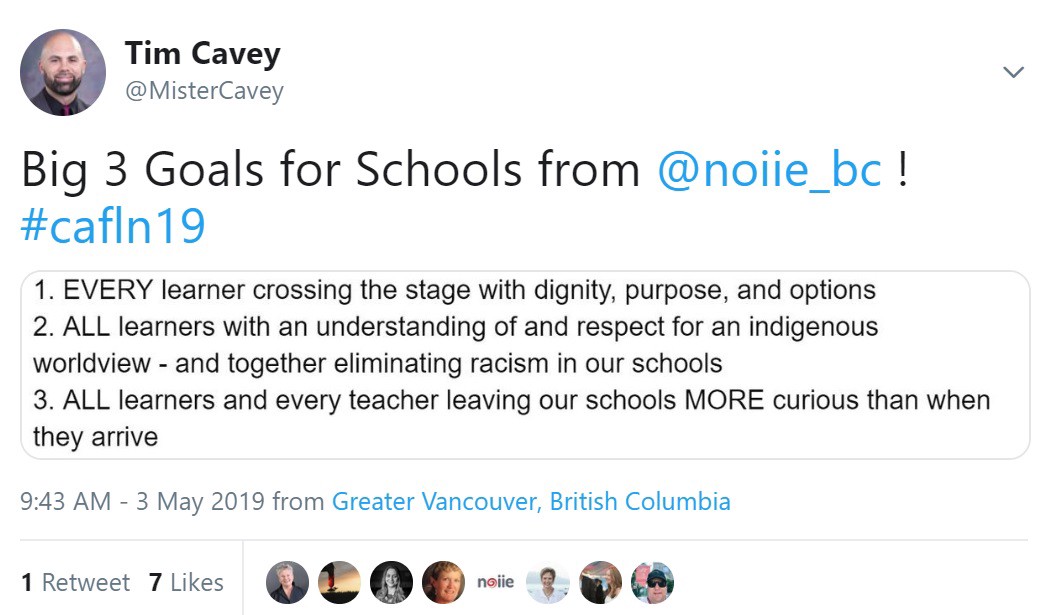
Kaser and Halbert also reminded us of the Spiral of Inquiry, a powerful cycle that can drive continuous growth and improvement for any learning community.

Damian Cooper and Karen Fadum
Then there were these gems from Damian Cooper and Karen Fadum, who tag-teamed on the philosophy and applications of formative assessment in the classroom.





Although I didn’t seem to be able to tweet out much from Karen Fadum, she shared some gems as well. Here were a few things I got down in my notes in Google Docs.
First, Karen talked about the business of assessment in education as a collaborative experience. Traditional models of assessment relied exclusively on the teacher, but think of all the ways we can include students today:
- Uncover the curriculum together
- Learning intentions — set with students
- Co-constructed criteria
- Self-assessment
- Peer assessment
- Student-captured evidence of learning
Next, Karen unpacked these points a little further. Instead of “covering the curriculum,” why don’t we flip the paradigm and UNcover curriculum with students? We’re talking about …
- Provocations
- Wonder walls
- Exploration time
- Connections with student passions and interests
- Digital portfolio organization
Karen shared a number of practical applications of co-constructed criteria, self-assessment, peer assessment, single-point rubrics, and student documentation of evidence of learning. She shared videos from her practice, too, and these were super helpful.
She ended with this challenge: How do you currently involve students in the process of assessment?
Christine Younghusband
After Damian Cooper and Karen Fadum, I visited a session led by Christine Younghusband — an educator I had long admired on Twitter but never met in person. She was amazing.

YES. Building more checks for understanding and formative assessment into my Math classes is an important goal for me.
Then, this challenge from an assessment legend.

And how about this mic drop?

Jon Orr and Kyle Pearce
In the afternoon, I had the pleasure of meeting two exciting educators who are doing amazing work in Mathematics. I don’t have a selfie or Tweet to share here, but this session summary gives you a feel for their message.

Jon Orr and Kyle Pearce are two dynamic but down-to-earth practitioners who understand the challenges around engagement and the wide range of proficiencies in the modern Math classroom. They’re worth following!
I was also thrilled to learn that they have a podcast, Make Math Moments that Matter, and I got a promise from them that they would come on my own Teachers on Fire podcast. I look forward to more learning with these two in the future.

Conclusion
This was my first CAFLN conference, but I hope it won’t be my last. To put it simply, I’ve never been part of an assessment event so focused, so progressive, so high value as this one.
If you’re ready to rethink your assessment practices and learn more about your assessment FOR learning, connecting with CAFLN on Twitter would be a good place to start.
